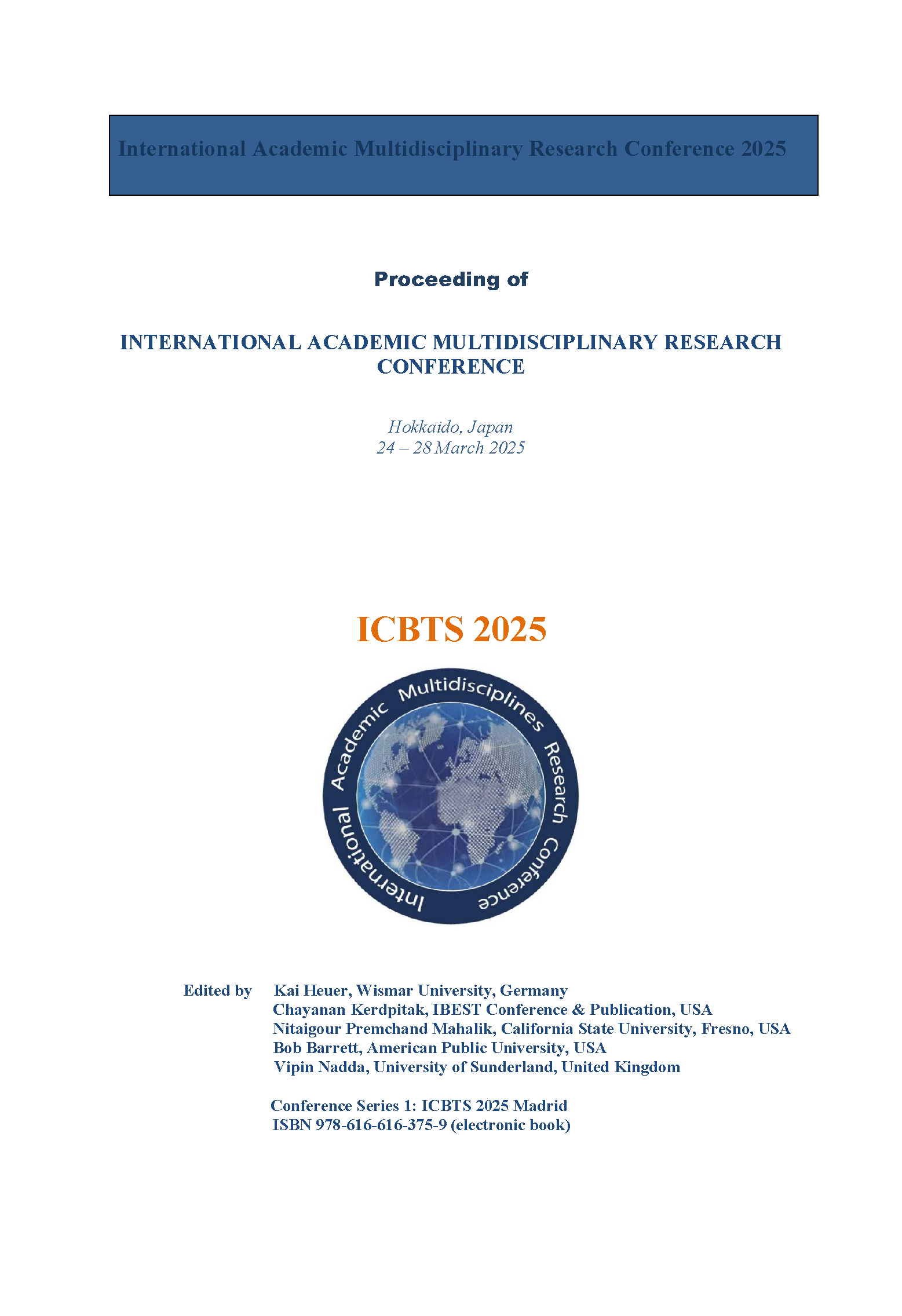Study of important indicators for internal educational quality assurance Course level Faculty of Fine and Applied Arts . Faculty of Fine and Applied Arts. Suan Sunandha Rajabhat University
Abstract
The study titled "An Investigation of Key Indicators for Internal Quality Assurance at the Program Level: Faculty of Fine and Applied Arts, Suan Sunandha Rajabhat University" aims to examine the key indicators for implementing internal quality assurance at the program level. Additionally, it seeks to develop key indicators for internal quality assurance at the program level within the Faculty of Fine and Applied Arts.The findings revealed that the study of key indicators for implementing internal quality assurance at the program level within the Faculty of Fine and Applied Arts involves a five-step process: Establishing a Quality System Quality Control Monitoring and Auditing Quality Evaluation Quality Development The internal quality assurance process comprises six key components: Standards Supervision Graduates Students Faculty Members Curriculum, Teaching and Learning, and Student Assessment Learning Support Resources. Standards Supervision (Component 1) must align with the curriculum standards, the National Qualifications Framework for Higher Education, and other relevant criteria. It includes one indicator whose specific criteria depend on the degree level. If any criterion is not met, the program is considered "non-compliant" or "below standard," receiving a score of "zero." Programs meeting all criteria are deemed to comply with the established standards. Quality scores for the program are then assessed across Components 2–6.


